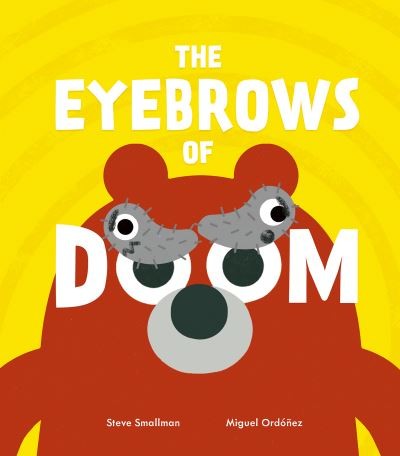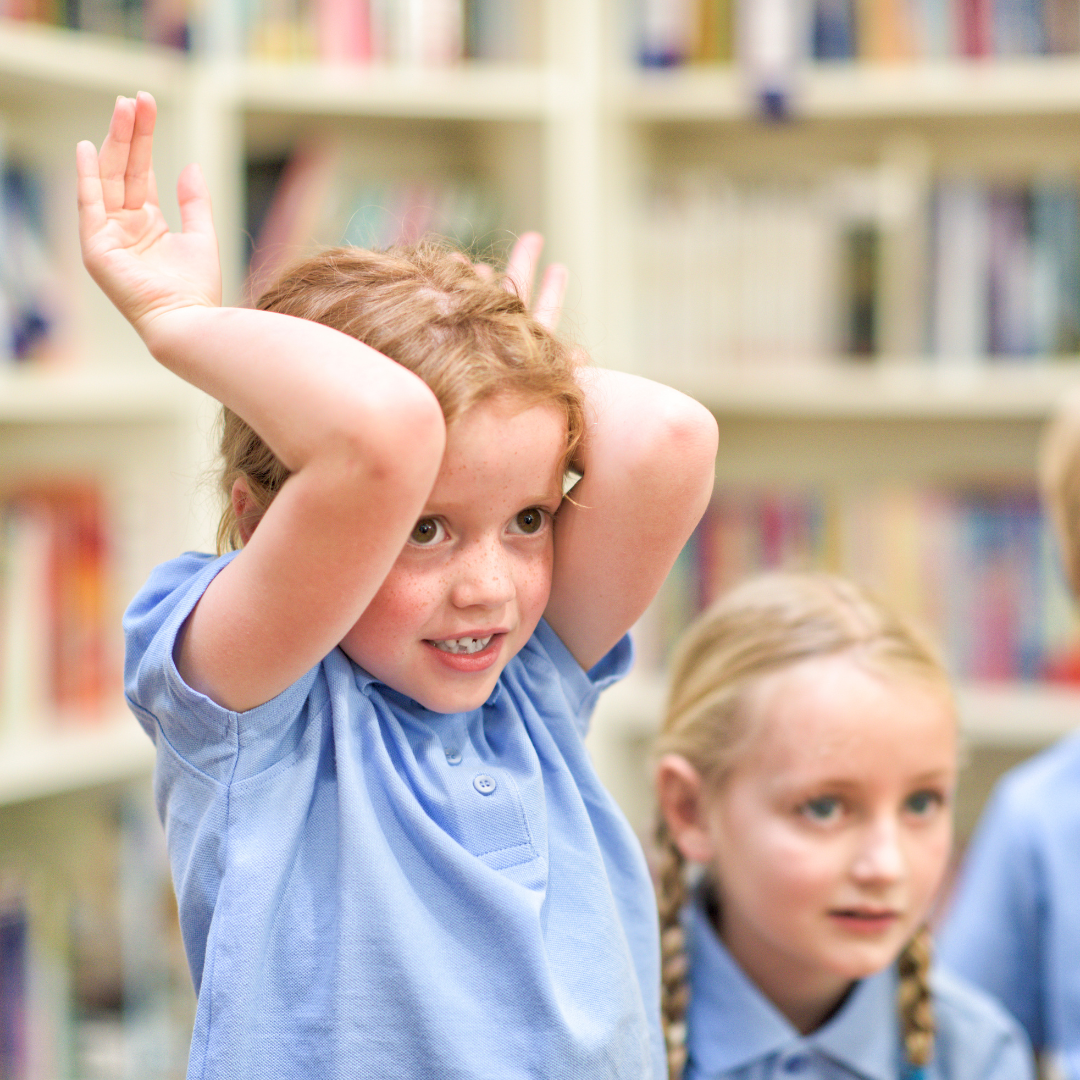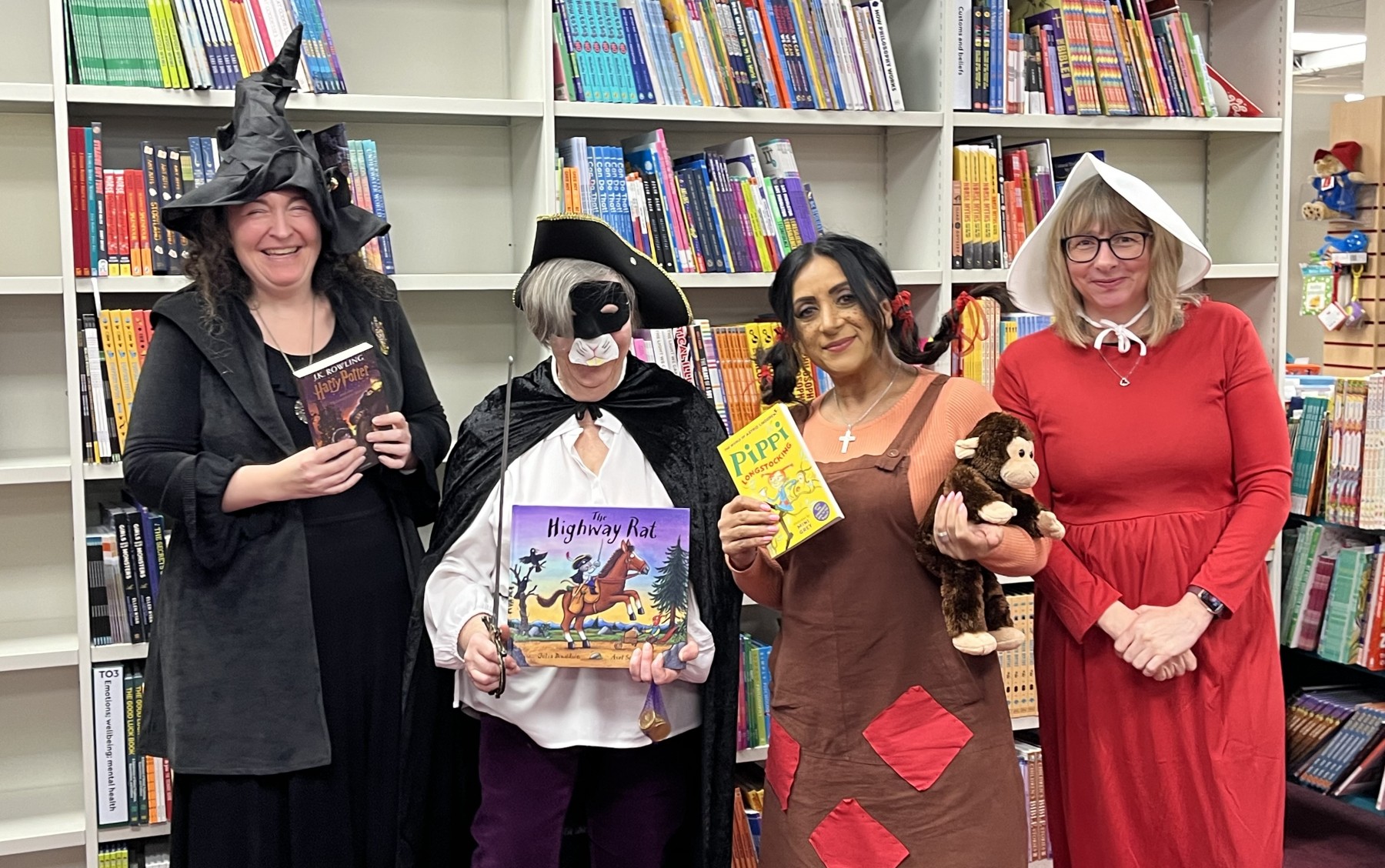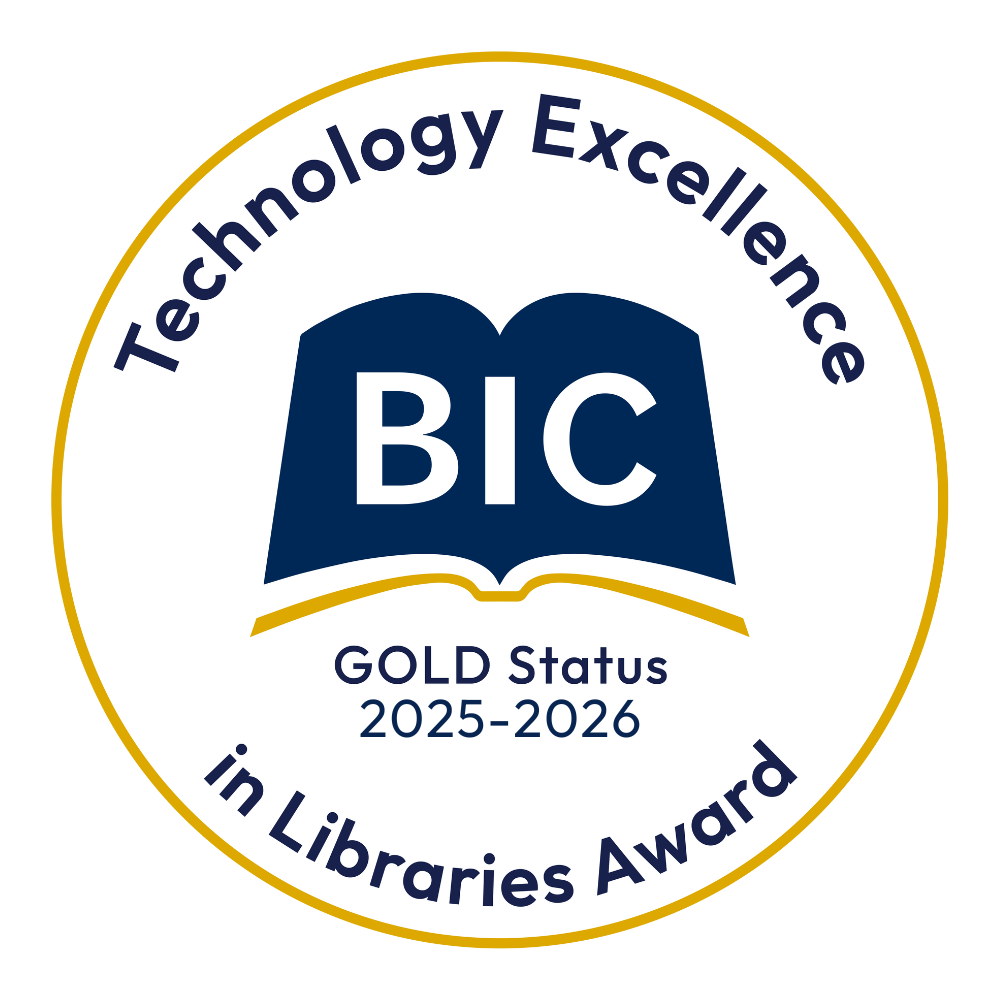For help, advice and telephone ordering call our team on 0121 666 6646
Are you sure you wish to delete this basket?()
This action cannot be undone.
Sorry, something went wrong
Please report the problem here.
Teacher advice: why you should encourage laughter in the classroom

April 11th 2024
It's World Laughter Day on 5 May, but we think humour is essential every day! Laughter is a valuable tool for teachers. It can help engage your pupils in curriculum learning, build empathy amongst peers, and more. Children's Book Specialists Zeena and Dawn take over our blog to tell you all about the benefits of humour in the classroom, and how you can get your class laughing all year long with their 10 hilarious ideas for teachers.
What are the benefits?
Research into laughter and learning has found multiple benefits for different aspects of school life, from classroom culture to academic advantages.
Did you know that laughter enhances memory retention? When humour is incorporated into lessons, students are more likely to remember the material. Well-placed humour can also simplify complex topics and act as a bridge between challenging content and pupil understanding.
Humour has social and emotional benefits for your pupils, too. Light relief can reduce stress and help pupils cope during serious academic challenges, like tests.
Laughing together can also foster a connection amongst your pupils, promoting a sense of camaraderie. These funny moments humanise the learning environment. It reminds us that we're not just learners - or teachers! - but also individuals with emotions and vulnerabilities.
Introducing humour into the classroom is not just about telling jokes. By embracing laughter in our classrooms, we create an inclusive, joyful, and effective learning environment.
10 ways to create laughter in the classroom
Creating laughter in the primary classroom is not only enjoyable but also beneficial for students’ engagement and well-being. Here are ten delightful ideas to infuse humour into your teaching:

1. Funny books
Choose school picture books or short stories within the books for curriculum with humorous elements. Check out our top 10 laugh-out-loud reads to share with your class. Read them aloud using expressive voices and animated gestures. Encourage pupils to giggle along!
2. Silly wordplay
Introduce puns, tongue twisters and riddles to your pupils. For example: 'Why did the scarecrow win an award? Because he was outstanding in his field!" or "What do you call a bear with no teeth? A gummy bear!"
3. Jokes of the day
Start each day with a light-hearted joke. Invite pupils to share their own jokes too. It sets a positive tone for the day.
4. Funny brain breaks
During transitions, incorporate quick brain breaks with silly movements. For example, "flap your arms like a chicken for 10 seconds!" or "wiggle your toes while making funny faces!"
5. Classroom comedy corner
Designate a classroom corner as a "comedy corner". Hang up pupil-drawn cartoons, jokes or funny quotes. Rotate the content regularly.
6. Creative writing prompts
Give pupils humorous writing prompts. For example, "write a story about a talking pencil that escapes from a classroom" or "describe the funniest dream you've ever had".
7. Funny maths problems
Create maths problems with whimsical scenarios, such as, "if a giraffe has 4 legs and a kangaroo has 2 legs, how many legs does an unicorn have?"
8. Classroom clowns
Appoint pupils as classroom clowns for the day. Their job is to share jokes or funny anecdotes during appropriate moments.
9. Improvisation games
Play improvisation games like "Hello Kitty". Hello Kitty is a short game that simply asks the group to try and make one another smile. Start by separating the group into puppies and kittens. Puppies must say hello in a way that makes the kittens laugh or smile, while kittens must try and keep a straight face. When a kitten laughs or smiles, they become a puppy! Keep going until all the kittens have laughed and the whole class are puppies.
10. Teacher antics
Surprise students with unexpected actions. Wear a silly hat, use funny voices, or pretend to mix up words. Their laughter will be contagious!
Remember, laughter promotes a positive learning environment, encourages creativity, and strengthens the teacher-student bond. Have fun and keep those smiles coming!
Top 10 titles for guided reading activities to make your class laughWe've created a book list made up of 10 hilarious KS1 and KS2 fiction books, school picture books, and non fiction books for primary school children. They're guaranteed to have you and your pupils in stitches! |
 |
 |
 |
 |
 |
| see ALL OF OUR LAUGH OUT LOUD READS |
Meet our Schools Team
Like Zeena and Dawn, our Schools team love a laugh. They also love to support you with picking the best books for your pupils. Using their expertise as former teachers and school librarians, they lead our bespoke selection service for schools.
Want to get more teacher advice straight to your inbox? Sign up to our newsletter today.
Read next: 11 ways to engage your pupil librarians |
 |






